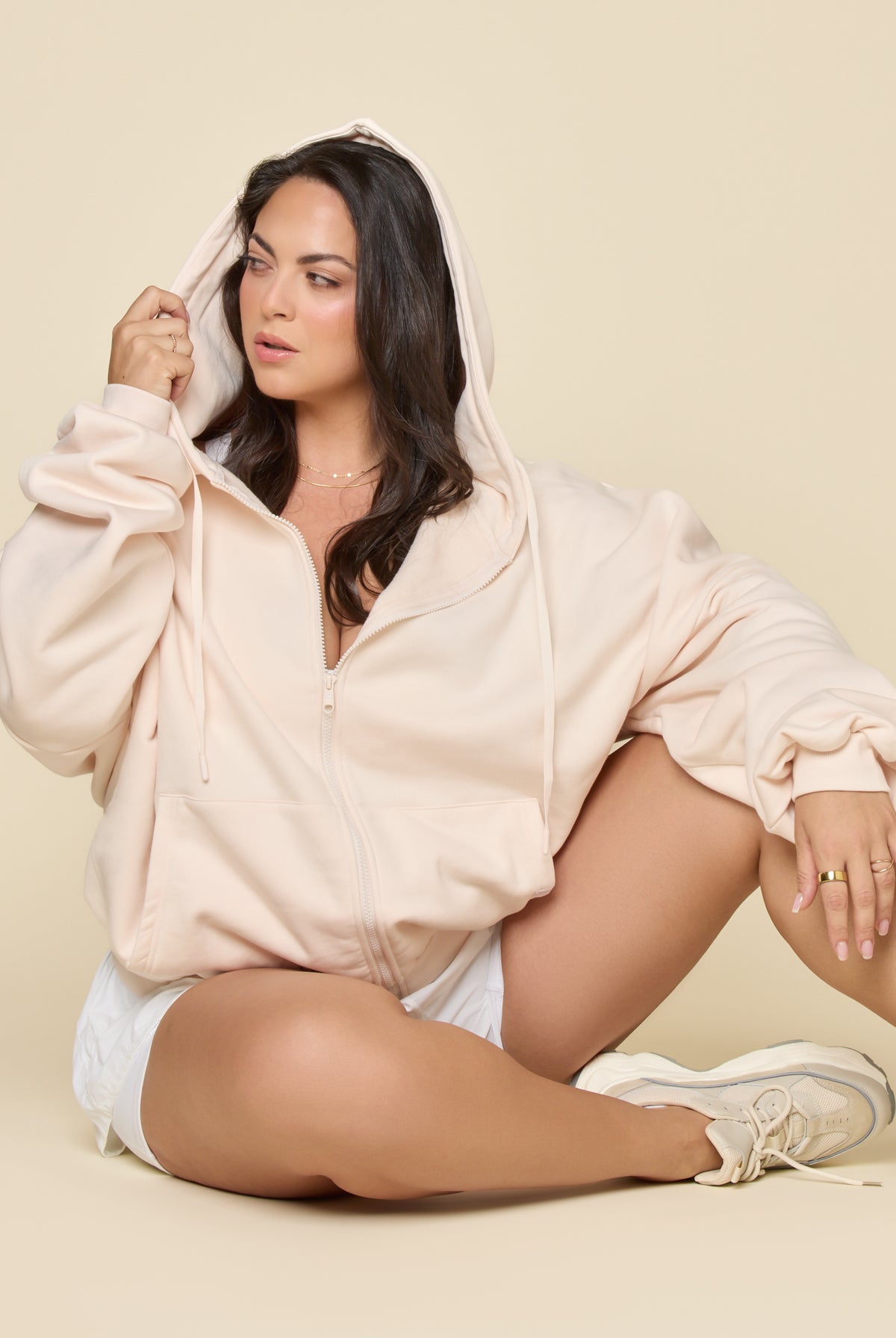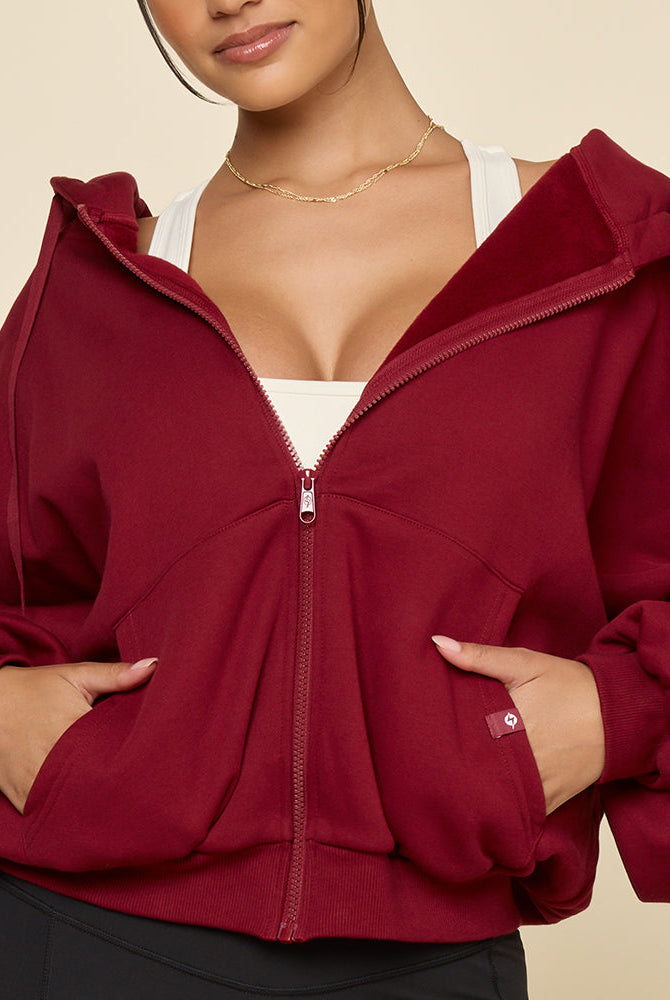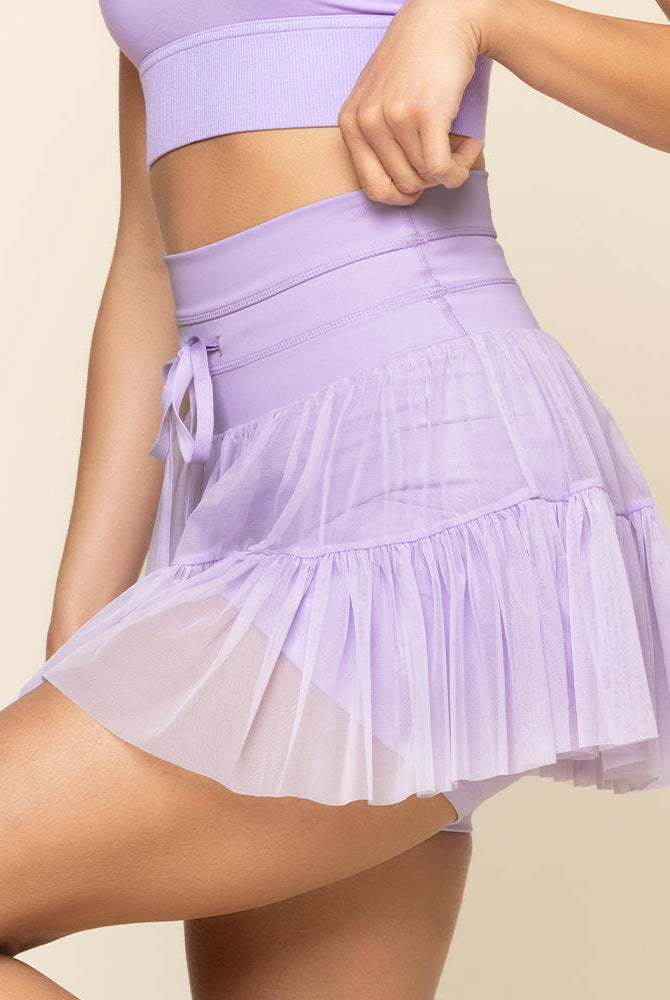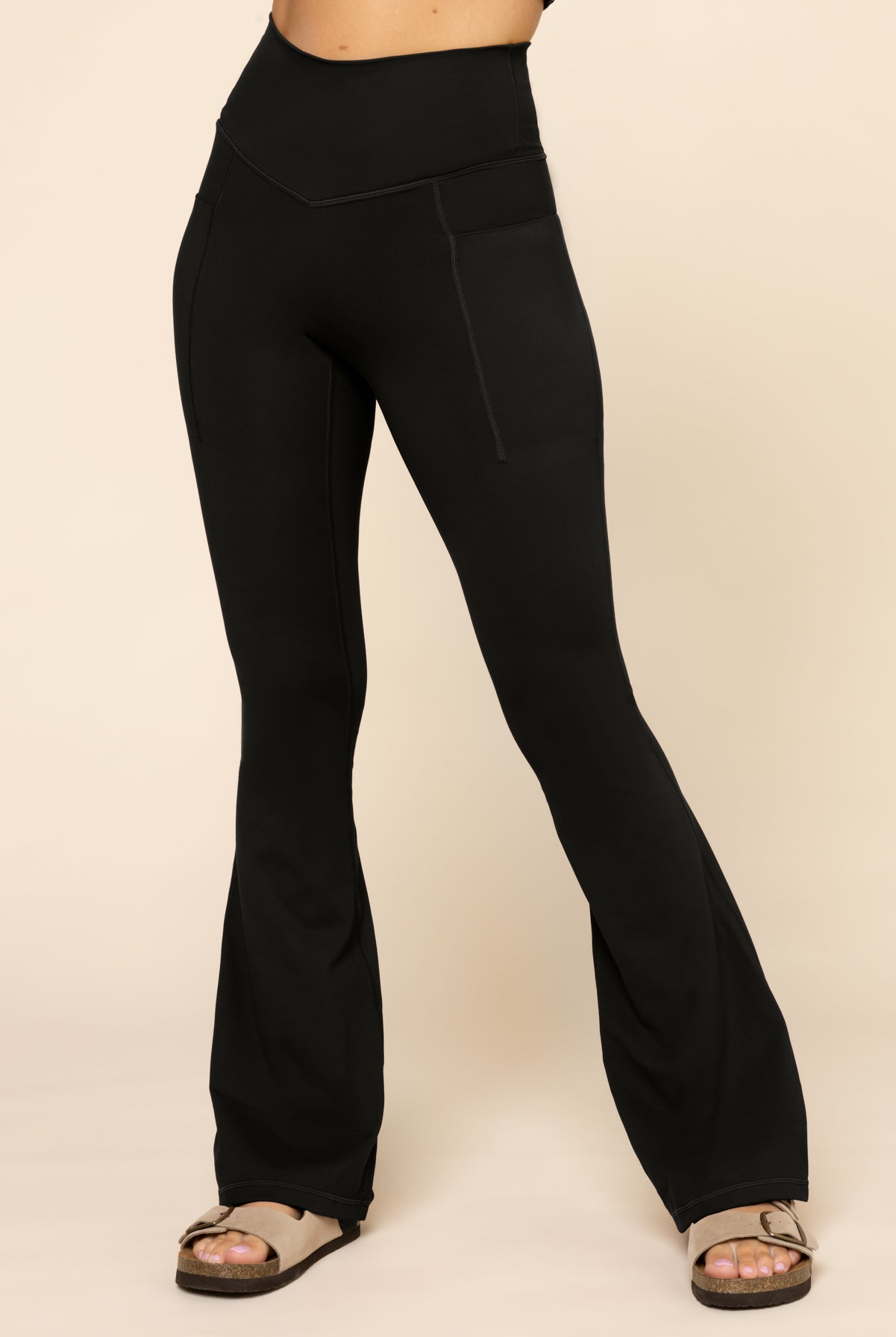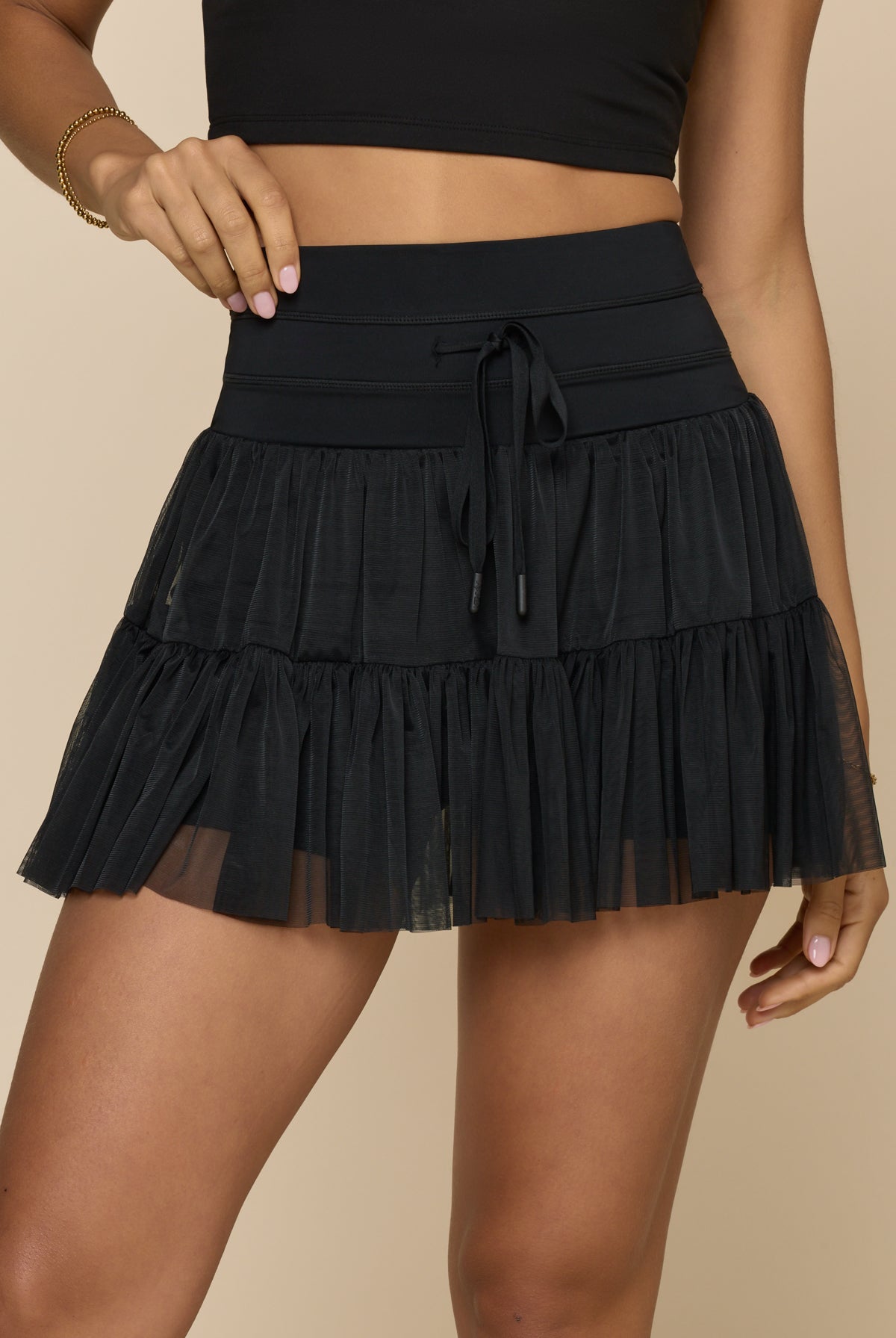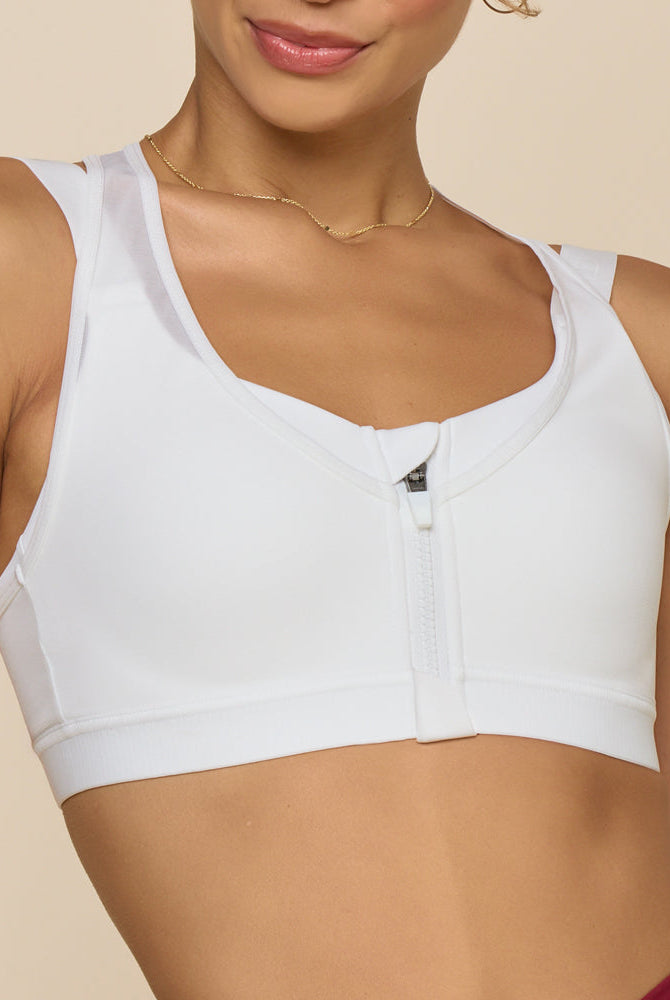Have you ever gone to buy a new pair of sneakers for your workout and just been AMAZED by the sheer volume of shoes in the fitness section of your fave shoe store?
🙋♀️ We have! Sometimes, we even wonder: Is there a point to all of these different types of shoes? Like...a sneaker's a sneaker, right? And don't even get us STARTED on the different soles out there. Some are flat. Some are chunky. Some flex, some have spikes...what's the difference?
As it turns out, there's definitely a purpose to different types of fitness kicks! A LOT of design, research, and science-y thought goes into the shape and function of even the funkiest gym shoe out there!
Today, let's dish: What's behind the different types of shoes for workouts? Whether you're looking for gifts, smart gym gear, or more, we're here to help you decode the different types of sneakers for what you wanna do!
1. Running Shoes
Running shoes offer cushioning so that when you run, your feet are protected. If you think about it, when you run, you're repeatedly slamming your feet against the ground - which, over time, can lead to joint problems (or, more short-term, sore feet!). That's no fun, and it can be avoided with the right pair of shoes.
What to look for if you want a pair for yourself: With running shoes, you'll want a good cushioned sole - likely from a half inch to an inch, made from polyurethane (a substance that has good durability and bounce). The top should have vents or breathable fabric so your feet don't sweat - and, bonus, if you run at night, you should select sneaks that have reflective strips for added safety.
2. Walking Shoes
Is there actually a difference between running and walking shoes? You bet.
Running shoes will have thicker, more cushioned, thicker heel wedges for support (and to get you running on your toes), stiffer soles overall; and walking shoes will have thinner soles, lower heels, and more built-in flexibility.
Having a good set of walking or running shoes is SUPER practical, even if you don't really walk or run. They can also cushion your joints when you're just standing for a long time...or walking around the corner to get a snack!
What to look for if you want a pair for yourself: A roomy 'toe box' (part of the shoe where your toes are) will help prevent calluses, and a gel or air sole will provide support while reducing sweat.
3. Cross Trainers
(These are probably the best bet if you like to do a little bit of everything!)
While running and walking shoes are primed to support you through the heel-toe, backwards-and-forwards motion that happens during a run, cross-trainers or training shoes support a wider range of motion: Stopping quickly, jumping, and side-to-side shifting.
Perhaps the biggest 'tell' that a shoe is a cross trainer instead of a runner is the difference in heel drop - or how high the heel is compared to the toe. A cross trainer will have a flatter footbed; a runner will elevate the heel.
Trainers are good all-in-one gym shoes, offering protection and support for a lot of different types of workouts!
What to look for if you want a pair for yourself: Breathability, as well as toe and ankle support. When you put a pair of these on, you should feel like your ankle and your toes aren't really going anywhere - all the better for an injury-free workout!
4. Circuit Training Shoes
Also known as HIIT shoes or sometimes 'class' shoes, these kicks often come with chunky soles to provide you with SUPER support through burpees, high jumps, and more. They can look kind of funky (and take a little getting used to!) but the comfort and protection they offer your ankles and knees is WAY worth it.
These may be the most recognizable of the bunch: They often feature huge heels for maximum cushioning and even chunky soles under the balls of your feet to help act as 'brakes' when you're moving fast from side to side. Technically, you can file these under 'cross-trainers' - but they're pushed to the max and can be as intense-looking as the workouts you do while wearing them!
What to look for if you want a pair for yourself: Cushioning, to help you bounce through ALL the reps of your worst-nightmare exercises with ease! These types of shoes can also be a really fun fit-fashion statement, because their soles are so extra and fun. You'll also want to make sure that the upper part of your shoe is very breathable and super snug.
5. Converse (Or Other Flat-Soled Sneaks)
Okay, okay, so you're REALLY not supposed to work out wearing these...save for really up-there strength training and maybe some mobility work (for example, if you'd rather not be barefoot in your gym while stretching).
Why? For years, Converse was the go-to for high school gym students and pro basketball players alike. That was before we realized the need for lots (and LOTS) of ankle and arch support for athletes.
However, these iconic shoes do have a purpose, even if you shouldn't be running around in them anymore: Because they're so flat, they make you use your entire foot to grip the ground and remain stable. They also help you prioritize pushing through your heel. These aspects are helpful if you're weight training with squats, bench presses, and deadlifts - and you're using HEAVY weights.
Otherwise? Stick to your supportive kicks. Trust us: Your feet will feel way, way better for it!
Which Shoes to Choose? A Super Brief Cheat Sheet
If any of these sound like you, it's a good bet that we can help out with a key shoe rec. Let's talk:
If you...
- Have flat feet: Find shoes that have really good arch support (read reviews to make sure!), and get a pair of dynamic insoles as well.
- Wanna get into trail walking or running: Trail shoes are a variant on the typical walking or running shoe that feature added toe protection and a bumpy, cleat-like sole for more traction on uneven ground. Some are even waterproof, just in case you find a river that needs fording or get caught in the rain.
- Are looking for the best fitness kicks for the 'gram: The world is yours, girl! We love a chunky white shoe paired with a retro workout 'fit - or neutral sneaks with big soles in a neon shade! Statement-making workout shoes are so much fun and can even provide happy-making inspo to get you moving, so be sure to select a style that makes you smile.
- Are really into HEAVY (like, heavy) weightlifting: This is the one time you can wear a flat shoe (like Converse) in the gym; go for it!
- Just need a good, versatile athletic shoe that'll look and feel good, no matter what you're doing: Lean towards a supportive running/walking shoe if you're more on the move, or a good pair of cross-trainers if you like to do a little bit of everything. Make sure they fit well and are in a style you love!
--
WOW Who knew there was so much out there in the world of workout shoes? Next time you need a pair, let your planned activities be your guide. Different workouts demand different movement from our bodies - and different shoes can help with that!
What type of fitness kicks do you wear? (Do you have your eye on any fun ones right now?) Let us know in the comments!

